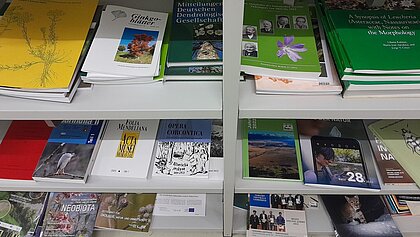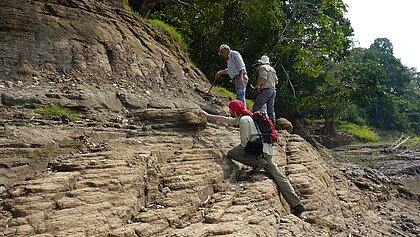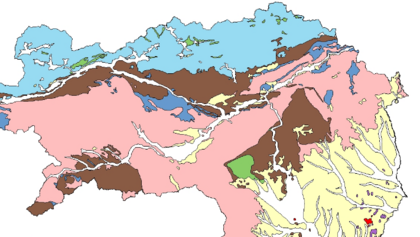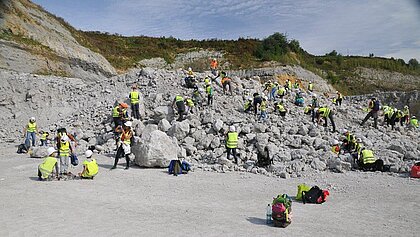Dr. Ingomar Fritz
Geologie & Paläontologie
Ansprechpartner*innen Geologie & Paläontologie
Chefkurator Geologie & Paläontologie
Wissenschaftlicher Mitarbeiter Geologie & Paläontologie
Priv.-Doz. Mag. Dr. Martin Groß
Sachbearbeiter Geodatenverwaltung Geologie und Paläontologie
Mag. Steve Paar

























